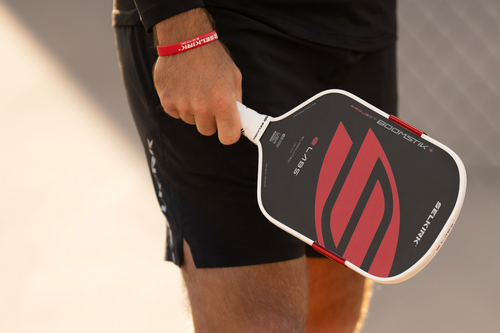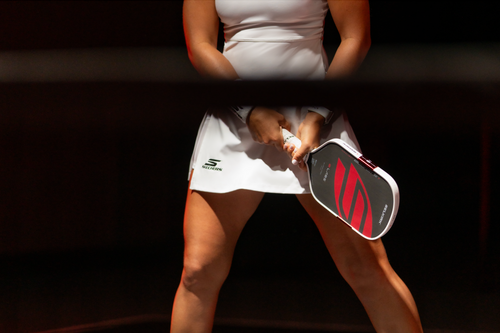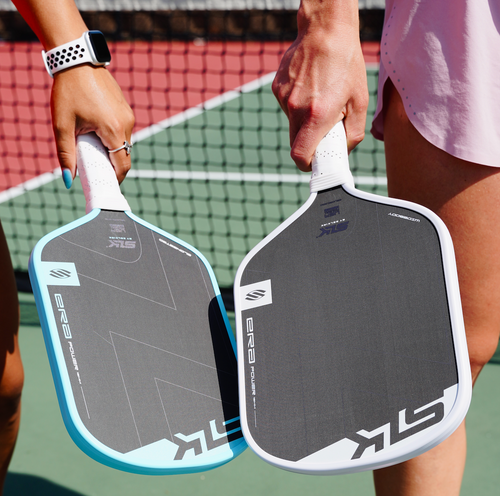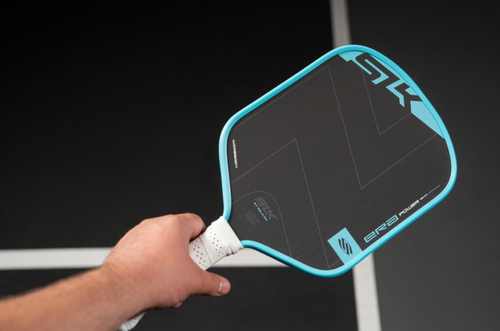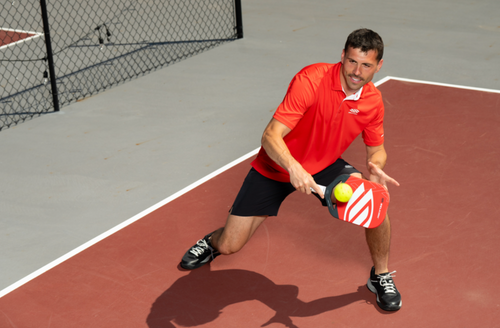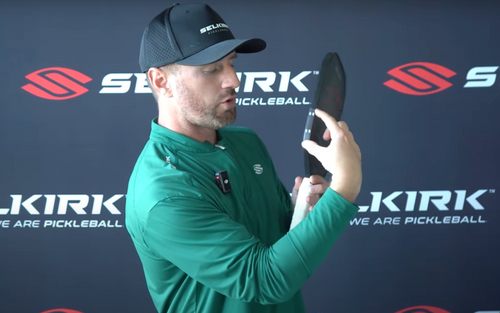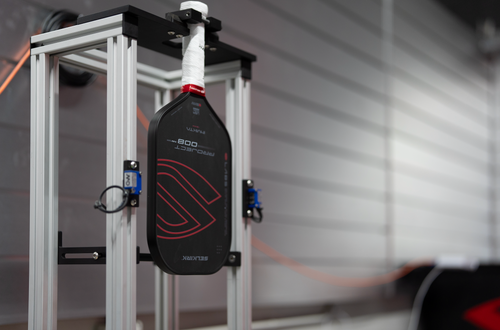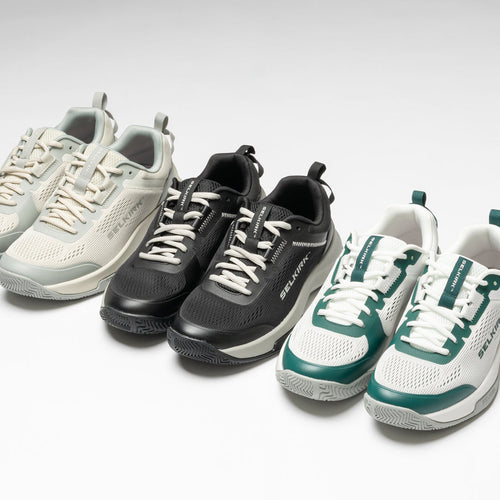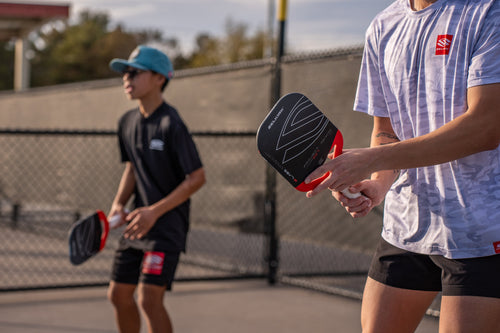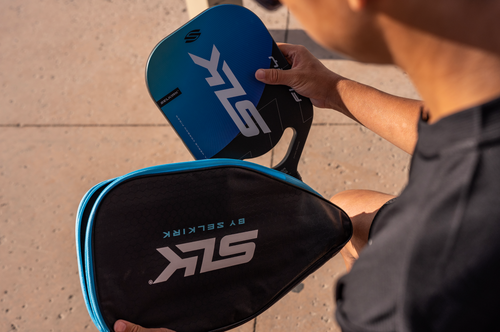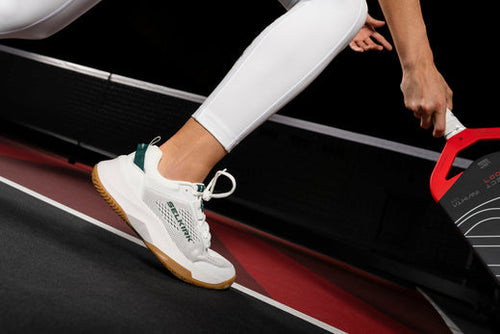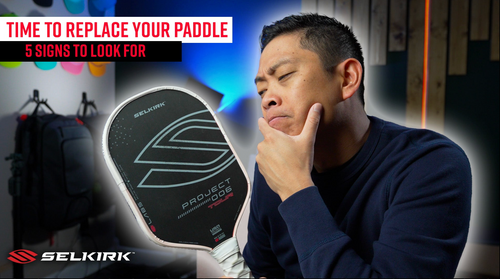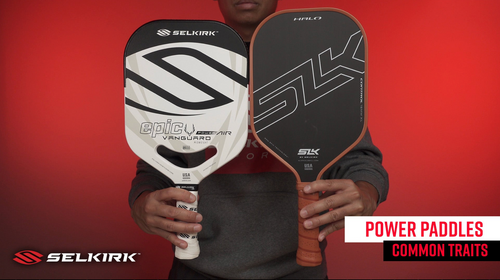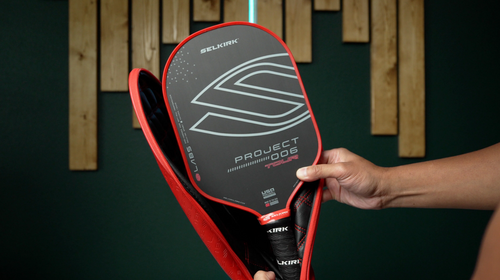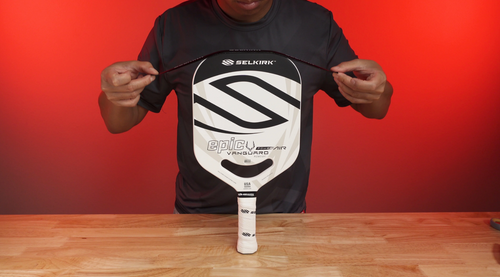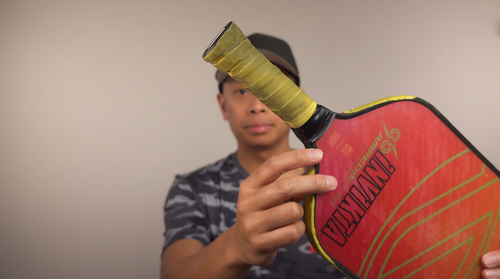referred you!
Shop and spend $50+ to get your free gift. Free gift will be added at checkout. Valid for new customers only.
Shop Best Sellers NowWe're sorry, self-referrals are not allowed.
We're sorry, but the referral link you used is not valid.
Notify Me
Thank you!
How to replace the grip on a pickleball paddle
Read MoreIf you're a regular pickleball player, you've likely felt your paddle grip become dirty, lose its tackiness, or even peel away.
The grip is one of the most important components of your paddle, as it directly affects your control, comfort, and overall performance on the court.
Identifying a worn-out grip
The first step in re-gripping your paddle is to identify when it's time to replace the worn-out grip. Here are a few signs to look out for:
- Visible signs of wear and tear: Check for any cracks, tears, or wear on the grip, especially in high-contact areas. Discoloration or leftover residue can also indicate wear.
- Reduced cushioning: Assess the level of cushioning provided by the grip. If it feels less cushioned or uncomfortable when playing for extended periods, it might be time to replace it.
- Decreased grip quality: A worn-out grip can make it harder to maintain a firm grip on the paddle, causing it to slip out of your hand during play.
If you find yourself frequently adjusting your grip or struggling to hold onto the paddle, it's a clear sign that you need a new grip.
Re-gripping process
If your grip is worn out, it's time to replace your grip following these simple steps:
- Remove the old grip. Use a utility knife or scissors to cut along the length of the grip and carefully peel it off the handle. Be sure to remove any chunks of adhesive residue left behind, as they may interfere with applying the new grip.
- Clean the handle. Wipe the handle clean with a damp cloth to remove any dirt, sweat, or debris that may have accumulated.
- Prepare the new grip. Unwrap the new grip and remove any plastic wrapping or stickers. Roll it out on a flat surface to ensure it's not twisted or creased.
- Identify the correct end. Many replacement grips have a tapered side to make the application process easier. This is the end you will want to utilize when you start wrapping the grip around the handle.
- Wrap the new grip. Peel off the protective strip to reveal the adhesive. Start at the bottom of the handle and wrap the new grip around it in a spiral pattern, angling slightly downward. Be sure to overlap each layer slightly and apply firm pressure to ensure a secure and tight grip.
- Finish the grip. Once you've wrapped the entire handle, use scissors or a utility knife to trim any excess from the top and bottom of the handle. (Tip: Taper your cut so that the cut is parallel to the button of the handle. This will ensure a clean look and finish when you tape off the top of the grip.)
- Tape the grip. Once you have finished cutting off the excess grip, use the provided finishing tape in the package to secure it.
Addressing common concerns
While re-gripping a pickleball paddle is a relatively straightforward process, there are a few common concerns that may arise:
- Difficulty removing the old grip: If the old grip has been on for a long time, it may be challenging to remove. It might take some effort and patience to peel it off without damaging the handle. Take your time and use caution during this step.
- Wrapping the new grip evenly: Wrapping the new grip evenly around the handle can be a challenge, especially for beginners. It's important to overlap each layer slightly and keep the grip tight and secure. If you make a mistake, don't be afraid to pull back the grip and redo a previous section. Patience and attention to detail are key.
More Content for You
Search for a specific topic or browse by the categories below.
All Content
Can't find what you're looking for?
LET US KNOW WHAT YOU'D LIKE OUR NEXT VIDEO TO COVER!
Submit an Idea











